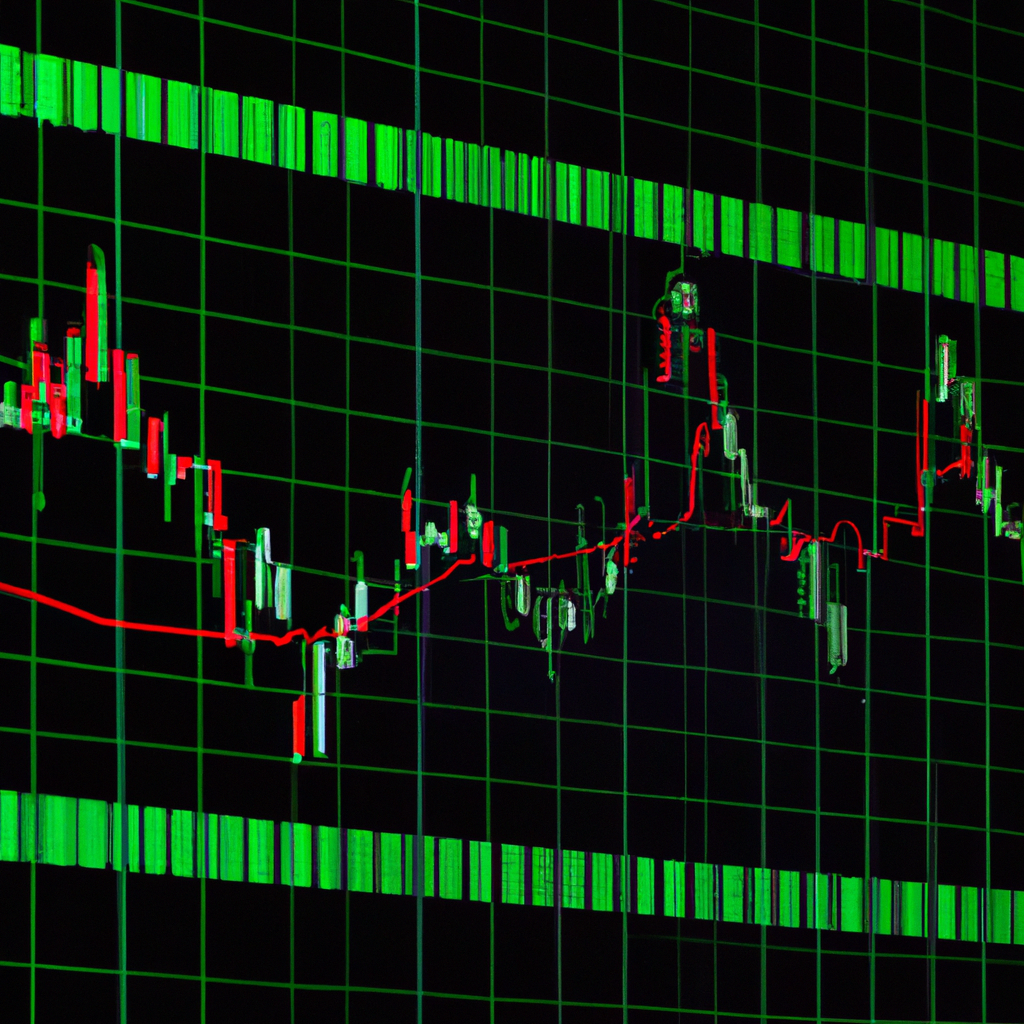Divergence Signals in Technical Analysis
Introduction
Technical analysis is a popular approach used by traders and investors to predict future price movements in financial markets. It involves the study of historical price and volume data to identify patterns and trends. One powerful tool in technical analysis is divergence signals, which can provide valuable insights into potential trend reversals or continuations. In this article, we will explore what divergence signals are and how they can be used to make informed trading decisions.
Understanding Divergence
Divergence occurs when the price of an asset moves in the opposite direction of a technical indicator. It indicates a potential shift in market sentiment and can be a precursor to a trend reversal. Divergence signals can be observed in various technical indicators, such as oscillators, moving averages, or volume indicators. Traders often use divergence as a confirmation tool to validate their trading decisions.
Types of Divergence
There are two main types of divergence: bullish divergence and bearish divergence.
Bullish Divergence
Bullish divergence occurs when the price of an asset makes a lower low, but the indicator makes a higher low. This suggests that the selling pressure is weakening, and a potential uptrend may be on the horizon. Traders often interpret bullish divergence as a buying opportunity, as it indicates a possible trend reversal from bearish to bullish.
Bearish Divergence
Bearish divergence, on the other hand, happens when the price of an asset makes a higher high, but the indicator makes a lower high. This indicates that buying pressure is diminishing, and a potential downtrend may be imminent. Traders often interpret bearish divergence as a selling opportunity, as it suggests a possible trend reversal from bullish to bearish.
Using Divergence Signals in Trading
Divergence signals can be powerful tools when used in conjunction with other technical analysis techniques. Here are some steps to effectively use divergence signals in your trading strategy:
Step 1: Identify the Divergence
First, you need to identify the divergence between the price and the indicator. Look for instances where the price is moving in one direction while the indicator is moving in the opposite direction. This can be done visually or by using specialized software or trading platforms that highlight divergence signals.
Step 2: Confirm with Additional Indicators
Divergence signals should not be taken in isolation. It is crucial to confirm the divergence with other technical indicators or patterns. For example, you can look for support or resistance levels, trendlines, or candlestick patterns that align with the divergence signal. This confirmation helps to increase the probability of a successful trade.
Step 3: Plan Entry and Exit Points
Once you have identified and confirmed the divergence signal, it is essential to plan your entry and exit points. Determine the price level at which you will enter the trade and set a stop-loss order to limit potential losses. Additionally, establish a target price or a trailing stop to secure profits. Proper risk management is crucial in trading, and divergence signals should be used in conjunction with sound money management principles.
Step 4: Monitor the Trade
After entering the trade, it is vital to monitor its progress. Keep an eye on price movements and the behavior of the indicator. If the trade goes in your favor, consider adjusting the stop-loss order to protect profits or trailing the stop to lock in gains. If the trade does not go as expected, be prepared to exit the position with a predetermined stop-loss level.
Conclusion
Divergence signals in technical analysis can be valuable tools for traders and investors. By identifying divergence between price and indicators, traders can gain insights into potential trend reversals or continuations. However, it is important to remember that no indicator or technique is foolproof, and divergence signals should be used in conjunction with other technical analysis tools and proper risk management strategies. With practice and experience, traders can harness the power of divergence signals to make informed trading decisions.



